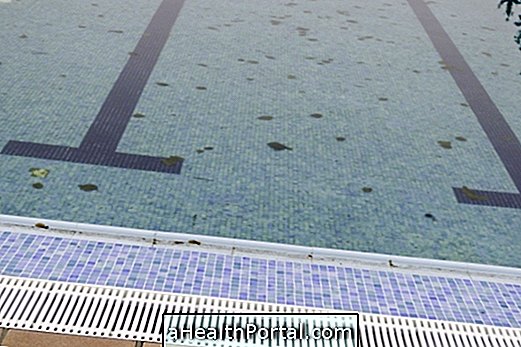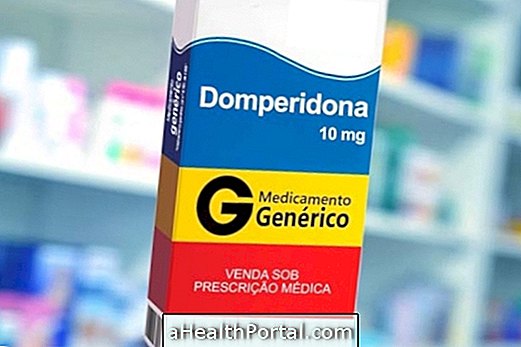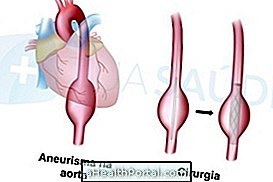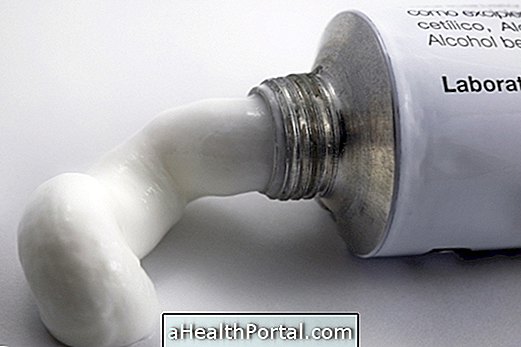It is possible to return to hearing in cases of profound deafness, however, the chances of being able to listen clearly and without difficulty are low, and the cases of greater success in recovering part of the hearing are those of mild or moderate deafness.
However, in most cases, it is necessary to use hearing aids or a cochlear implant to allow the electrical stimulus to be directed to the brain, which is usually affected by deep deafness. Thus, surgeries or other types of treatment may not produce any kind of result, as they only correct structural alterations, and are therefore not widely used.
Top Treatments for Deep Deafness
The main treatments that help to improve the hearing capacity in cases of profound deafness include:
1. Hearing aids
Hearing aid is the type of hearing aid most used as the first form of treatment in cases of profound deafness, since its power can easily be altered and regulated to suit the hearing level of each patient.
Usually, hearing aids are placed behind the ear where a microphone is located that amplifies the sound to a small speaker that is placed inside the ear, allowing the patient to be able to hear with a little more clarity.
However, this type of hearing aid, in addition to increasing the sound of the voice, also amplifies external noise such as wind or traffic noise, for example, making it difficult to hear in places with more noise, such as cinema or lectures.
2. Cochlear Implant
The cochlear implant is used in the most severe cases of profound deafness when the use of hearing aids can not improve the patient's hearing capacity.
However, the cochlear implant does not always improve the hearing completely, but it can allow listening to some sounds, making the language easier to understand, especially when it is associated with lip-reading or sign language, for example.






















